These folk tales record a unique past between South Asia and Soviet Russia

During the Cold War in the 1900s, India and the Soviet Union maintained friendly ties, with a strong commitment on cultural exchange. Indian state television aired performances of Russian ballet and circuses in Indian cities, held on a regular basis. The Soviet Land magazine was published in 13 Indian languages. This strategic partnership produced a number of beautifully illustrated Soviet children's books that were freely accessible in both large cities and small communities throughout India.
In Moscow, Progress Publishers and Raduga Publishers produced these books for the Indian market. They were translated into English and 13 other Indian languages including Hindi, Tamil, Telugu, Kannada, Marathi, Bangla, and Urdu. The books were then distributed in India at incredibly low prices and the outreach took place through a well-mapped distribution plan involving local book fairs, mobile vans, neighbourhood stalls, and stocks at almost every railway station. According to research, there was a similar exchange with Bangladesh too.
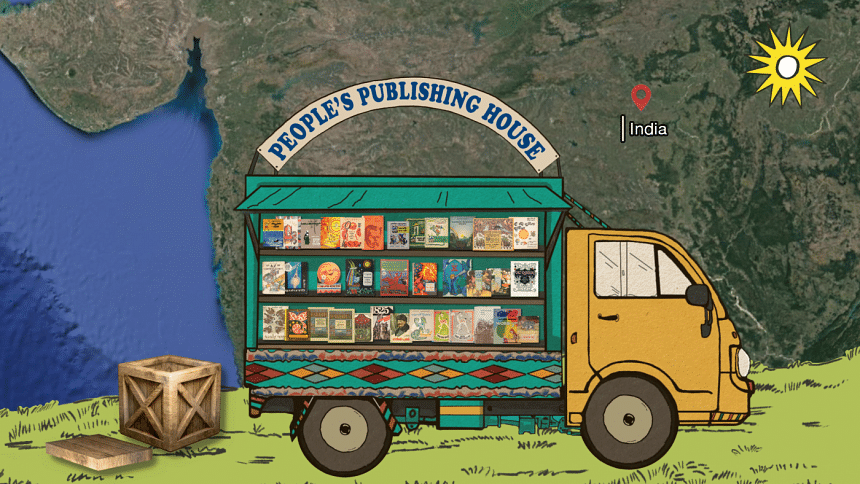
The Slavic fairy tales and Soviet stories formed a significant part of the childhood memories of people who grew up in the subcontinent from the 1960s to the mid 1980s. There is currently a vibrant subculture of book collectors in a number of South Asian nations, who hang onto a sense of nostalgia from their childhood and hold a strong attachment to a country that they were never a part of and that no longer exists.
Against this backdrop, and through a field research fellowship with the Garage Museum of Contemporary Art in Moscow, Indian multimedia artist Afrah Shafiq has been researching the various aspects of this cultural exchange while building an archive of these children's books in many Indian languages. The archival materials, oral testimonies, insights and learnings from her fellowship helped her develop the multimedia game exhibited at DAS 2023. During the process, Shafiq went to Russia to collect the books and the letters exchanged, the covers of which have been used for decorating the walls of the pavilion.
The primary research took Shafiq a year even before she started working on the project. This involved informally talking to people who read these books as children, and revisiting their memories in order to understand what these stories meant to them. The archival process took some more time, as she travelled to different regions across India to photograph the books she found. "I did a data analysis by reading the stories I came across. This helped me identify the primary themes and the recurring characters. I was also working on the script simultaneously. The game has been developed by dividing these adapted stories into several short scenes, creating an anthology," she told The Daily Star.
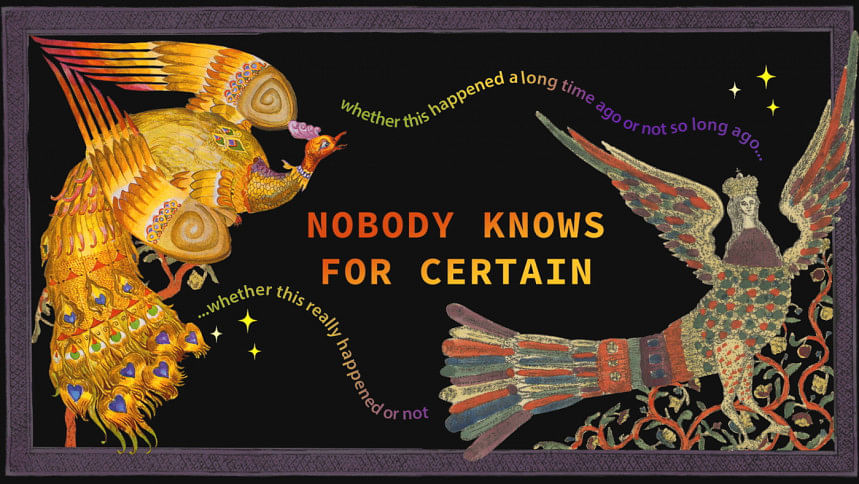
Understanding the thematics of the stories was an important part of the research process and she found several categories. There were fairy tales with characters like witches, magical birds and mermaids and on the other hand, there was another rational and real aspect where the authors talked about life values and morals. In between, there was a third world with a more clearer propaganda story about Lenin, the red army, social revolutions and wars. Finally, there themes of science and space, highlighting the Soviet Union's space missions. "While I wanted to feature all these worlds, I did want to highlight the fairy tales as they were much more universal in approach," Shafiq explains.
Shafiq draws her inspiration from a variety of sources such as Eastern Slavic mythology and folk traditions, book illustrations, children's letters to editors, sound archives, textiles, and decorative arts. She melds these characters, fragments, and disjointed elements to make an unique blended narrative that is also enriched with the presence of original characters by the artist.
'Nobody Knows for Certain', an installation at the Dhaka Art Summit this year, is this interactive video game which invites visitors to submerge themselves in a sea of stories.
The game features one of her own stories, about a tailless cat and matryoshka doll and all the imagery in the game are actually illustrations picked from the books. It takes place in a setting where storytelling is a form of subversion and control as well as a recreational activity. The story blends fiction, documentary and fantasy in order to explore the radical reinterpretation of social order, the evolution of archetypes, the allure of the promised land, and how stories carry forward, leak, morph, and change themselves, the world, and its inhabitants in a way that nobody knows for certain.
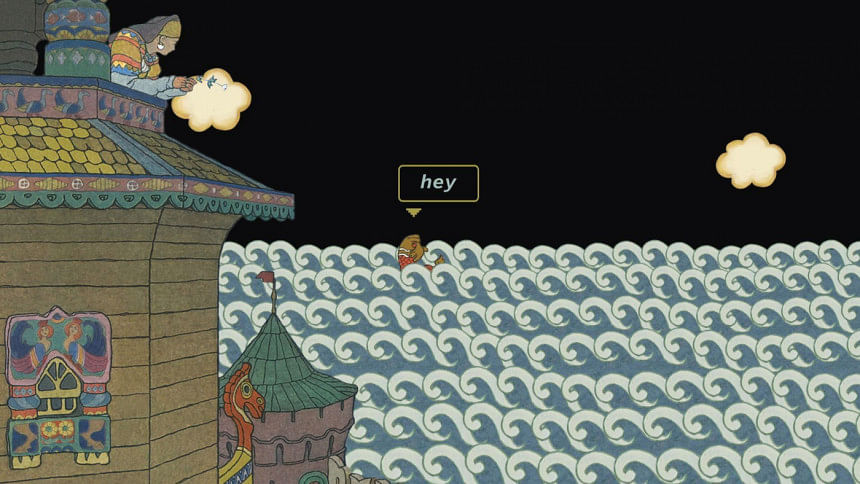
The work's format falls between point-and-click adventure games, multimedia encyclopaedia CD-roms, and interactive fiction. In the game, players can build their own library of the stories by collecting the original Soviet books. They can also look for portals that connect one story to the next and explore historical backdrops and archival discoveries to better understand how two seemingly unrelated lands were closely interconnected. The work is richly pictorial, connecting the beloved children's book illustrations with more ancient visual storytelling techniques like the lubok chapbooks, lacquer miniatures, peasant embroidery, and volga lace, as well as with art and aesthetic movements like socialist realism, the avant-garde style of graphic design, and geometric abstraction.
The animation in the video game is taken from the books, and most of the characters have been developed from the illustrations and descriptions of these ancient texts. The stories are also picked from popular folklore, and feature prominent cultural representations, like the matryoshka dolls of Russian peasant life, and stamps that say Hindus and Russians are brothers. What makes the storyline unique is the fact that it portrays the "truth", unlike the perfect stories one finds in storybooks. The protagonist of this game, the tailless kitten, does not achieve fulfilled dreams but realises something greater than the absurd chase towards idealistic standards.
"Stories are fantastic", Shafiq points out. "We all grow up reading them, and never grow too old to read them. The game starts with a quote telling us how we live amidst a sea of stories. Here, different streams and rivers intersect each other as we see some stories recurring in all cultures. Through this work, I wanted people to swim in a sea of stories and travel from one story to another while delving into a land of narratives—an endless journey of experiencing stories."
Maisha Islam Monamee is a student of IBA, DU, and a freelance journalist who likes reading, scribbling, and blogging. Follow @monameereads on Instagram.

 For all latest news, follow The Daily Star's Google News channel.
For all latest news, follow The Daily Star's Google News channel. 


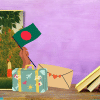
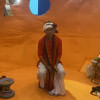


Comments